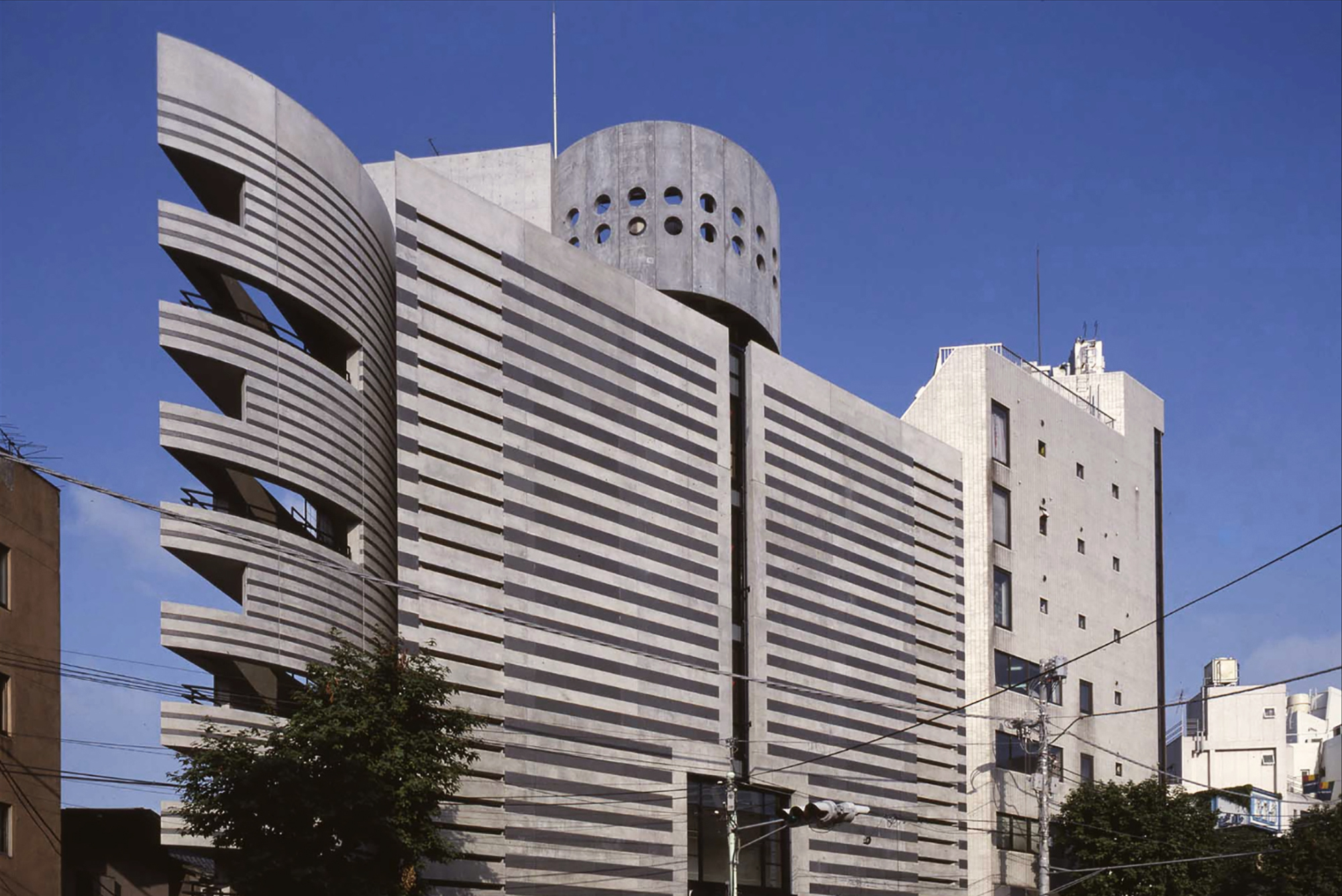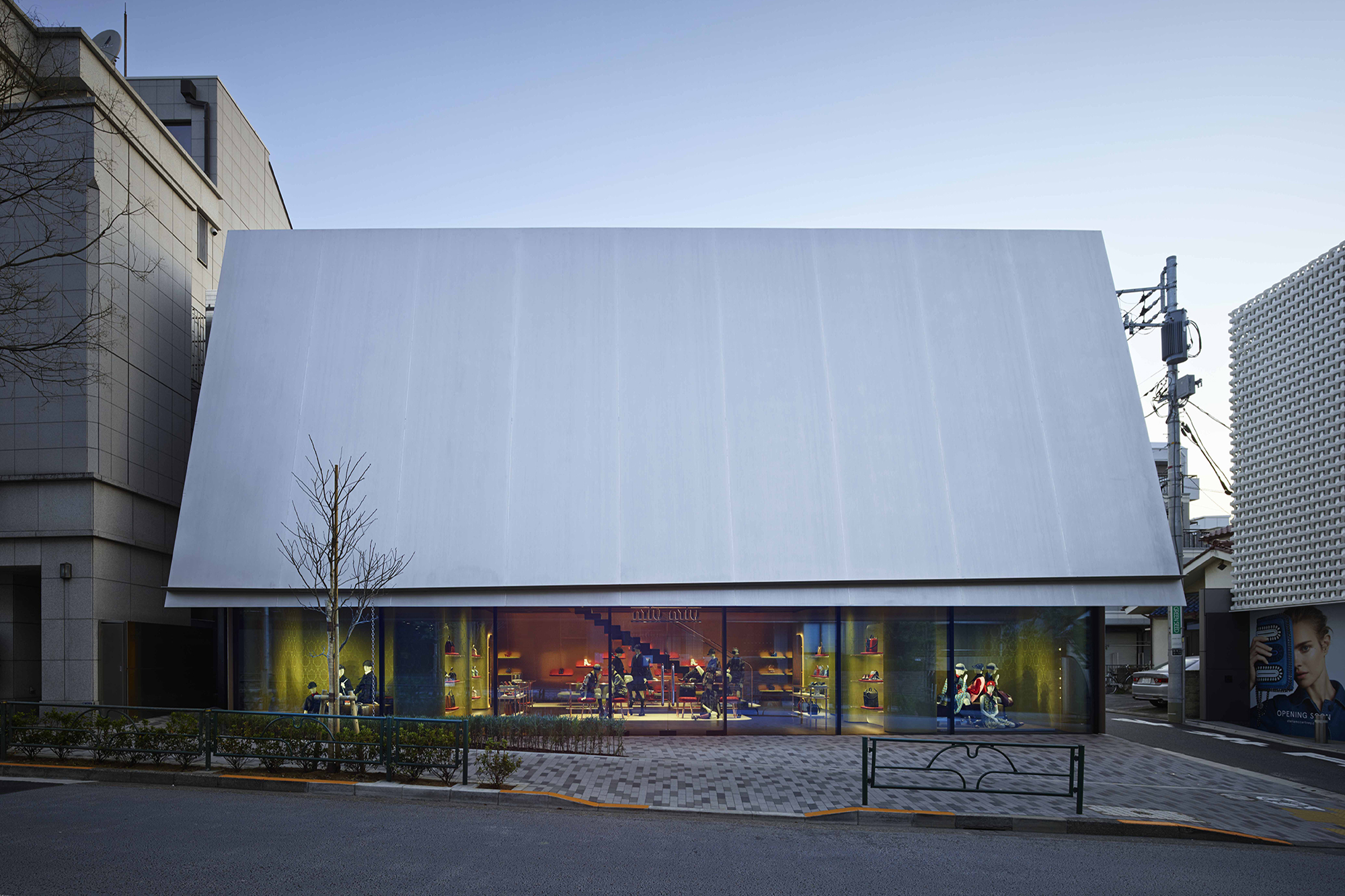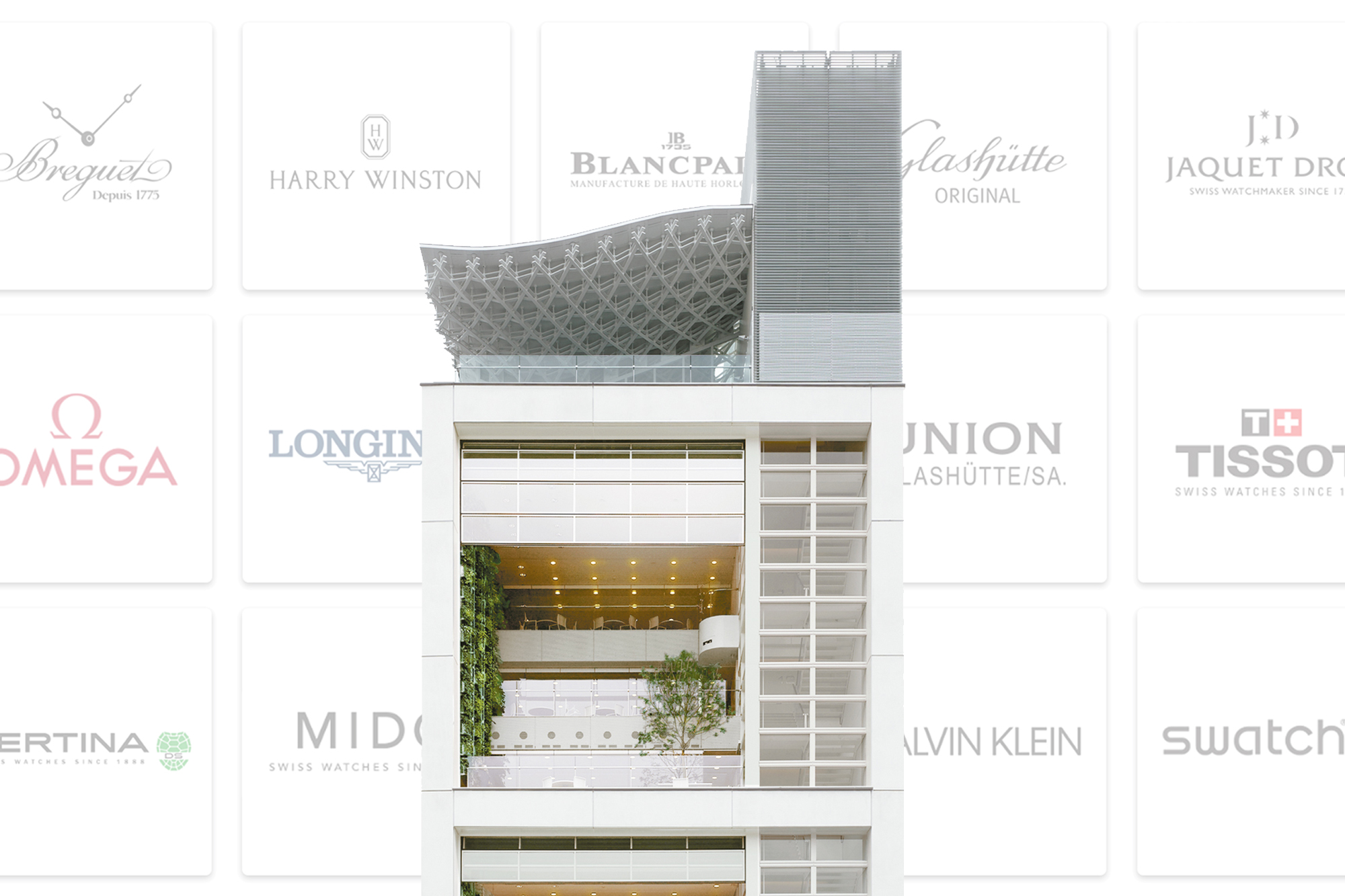-
 ©The National Museum of Western Art, Tokyo
©The National Museum of Western Art, Tokyo
The National Museum of Western Art,Tokyo
Kanto | Tokyo - Taito Ward
Architecture & Design
Le Corbusier’s first and only architectural masterpiece in the Far East!
A museum that outshines its content
.jpg)
One of the twelve casts of Auguste Rodin's "Burghers of Calais" is installed in front of the Museum. (Auguste Rodin《Burghers of Calais》1884-88 (model), 1953 (cast) bronze The National Museum of Western Art, Tokyo Matsukata Collection)
Described by a New York Time journalist as presenting an "artistic significance and beauty" which rivaled with its art pieces upon its opening, the National Museum of Western Art, Tokyo (NMWA) in Ueno Park certainly is one of Japan’s most unique art galleries. Commissioned in 1955 by the Japanese government to house the art collection of Kojiro Matsukata, the Modernist museum was designed by Swiss architect Charles-Édouard Jeanneret-Gris, alias Le Corbusier. His three Japanese apprentices, Kunio Maekawa, Junzo Sakakura and Takamasa Yoshizaka, were also actively involved in the project.
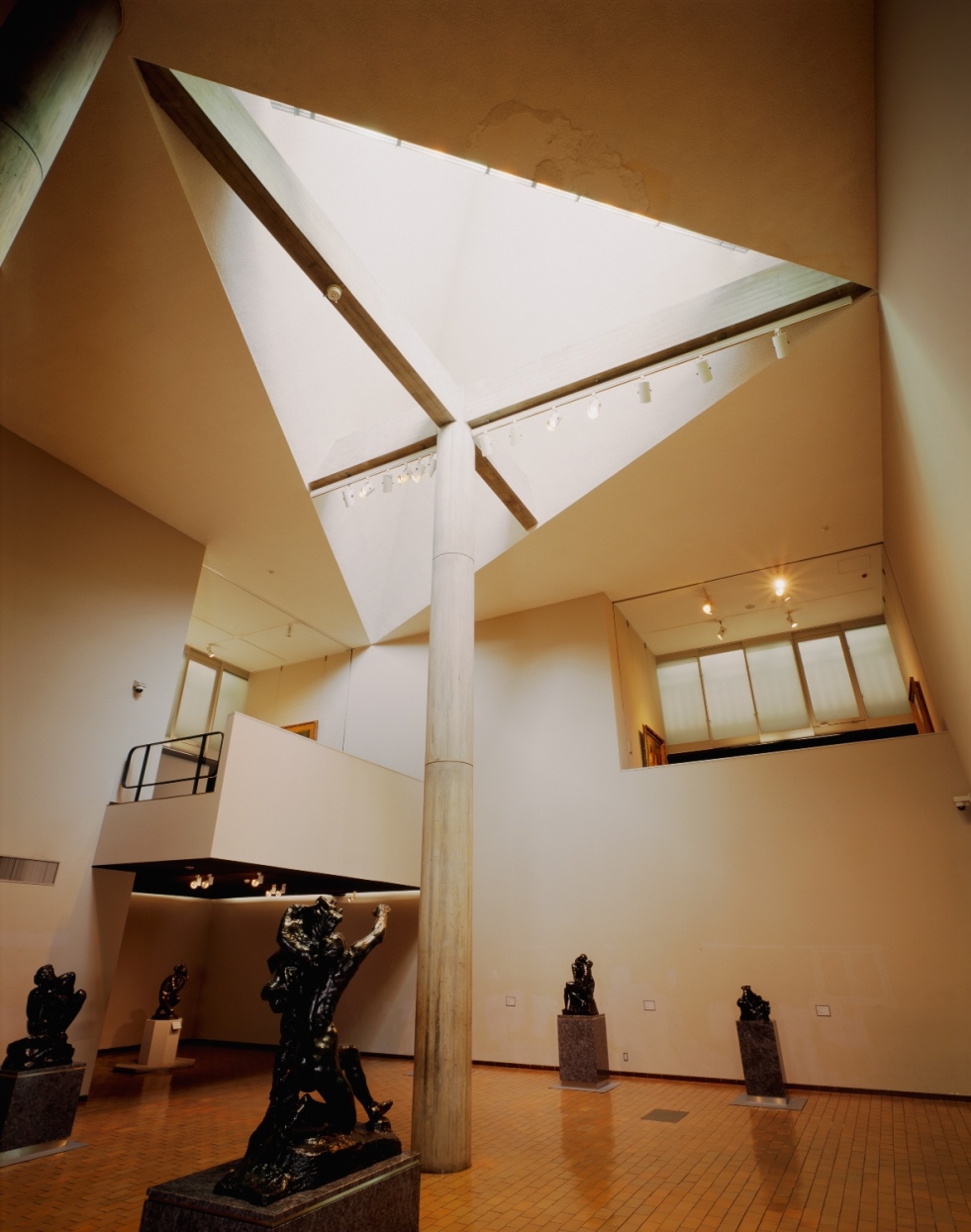
©The National Museum of Western Art, Tokyo
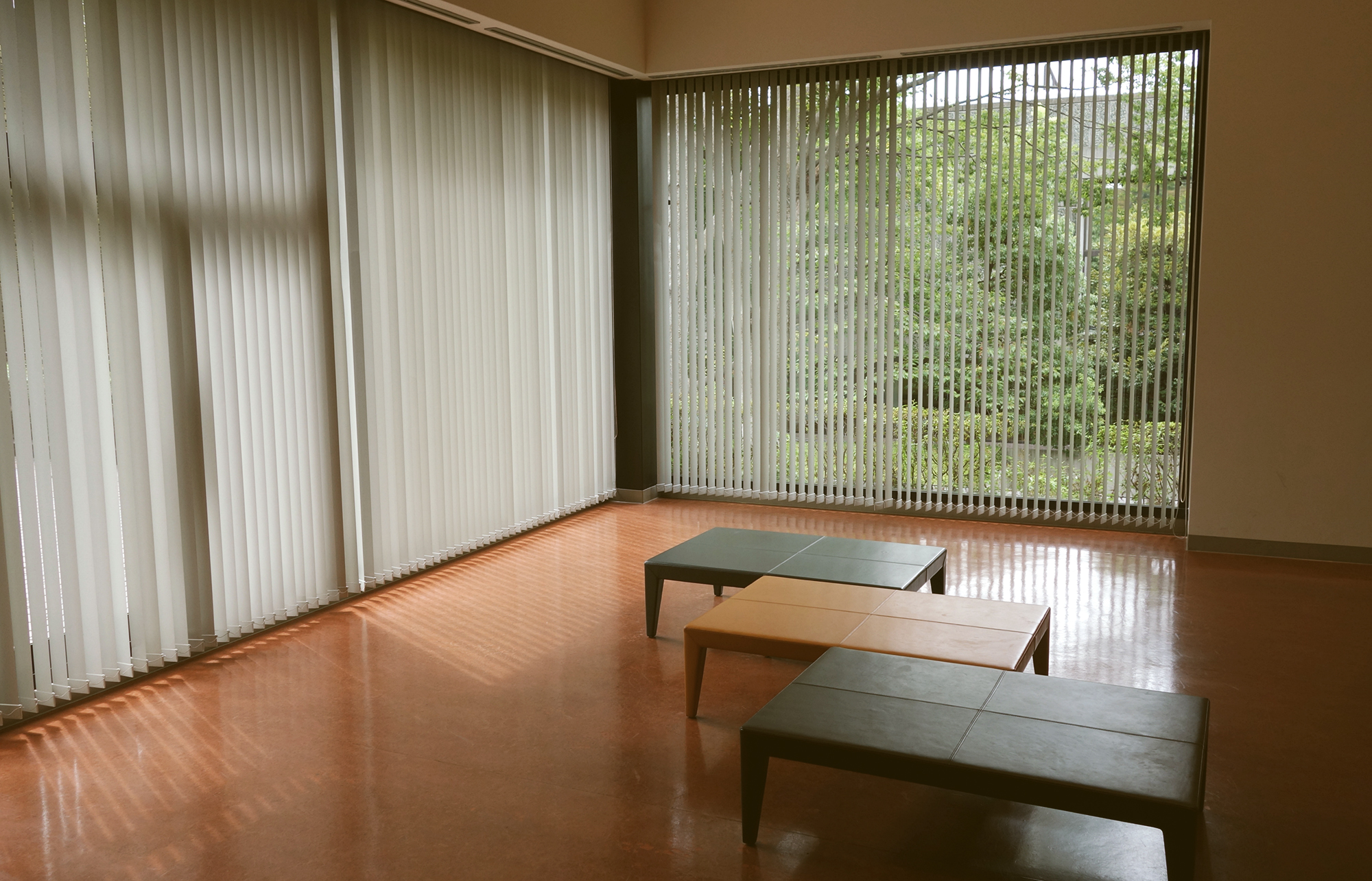
Listed as one of the “Kokyo Kenchiku 100 Sen”, as an important cultural asset (building) and as a UNESCO World Heritage Site, the NMWA is widely regarded as a masterpiece in architectural history, and houses the work of significant artists including Rodin, Manet, Monet and Renoir.
Architectural tour de force
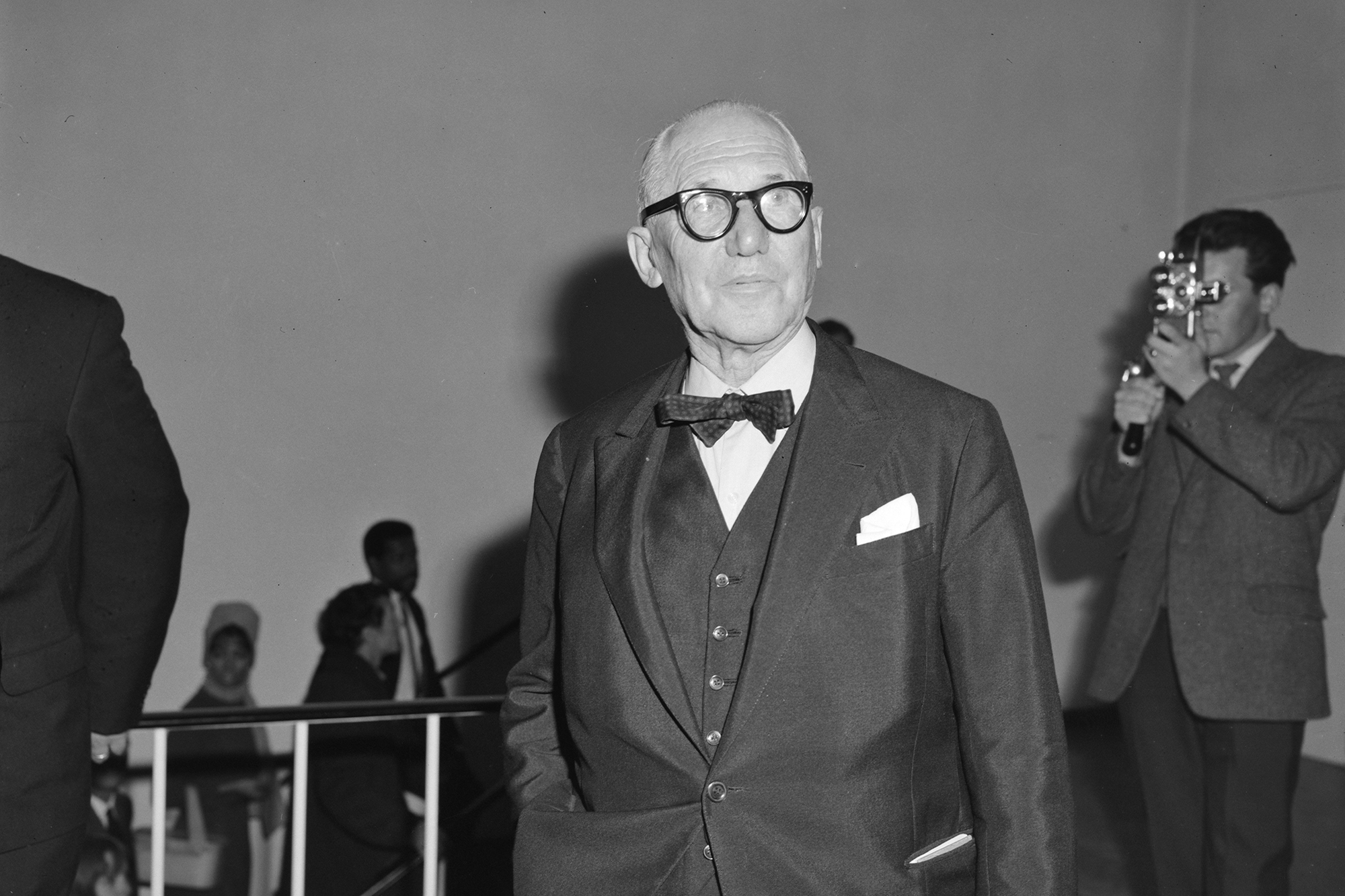
Le Corbusier in 1964 (©Nationaal Archief / Joop van Bilsen - Anefo)
Inaugurated in 1959, the NMWA is the culmination of decades of experience and maturation of Le Corbusier. Most of Le Corbusier’s key concepts and techniques are present in Ueno, from the "Five Points of Architecture" (pilotis, rooftop garden, free façade, free plan, and horizontal windows) to the “Modulor”, which bases a construction on the size and proportions of the human body to order the infinity of possible dimensions.
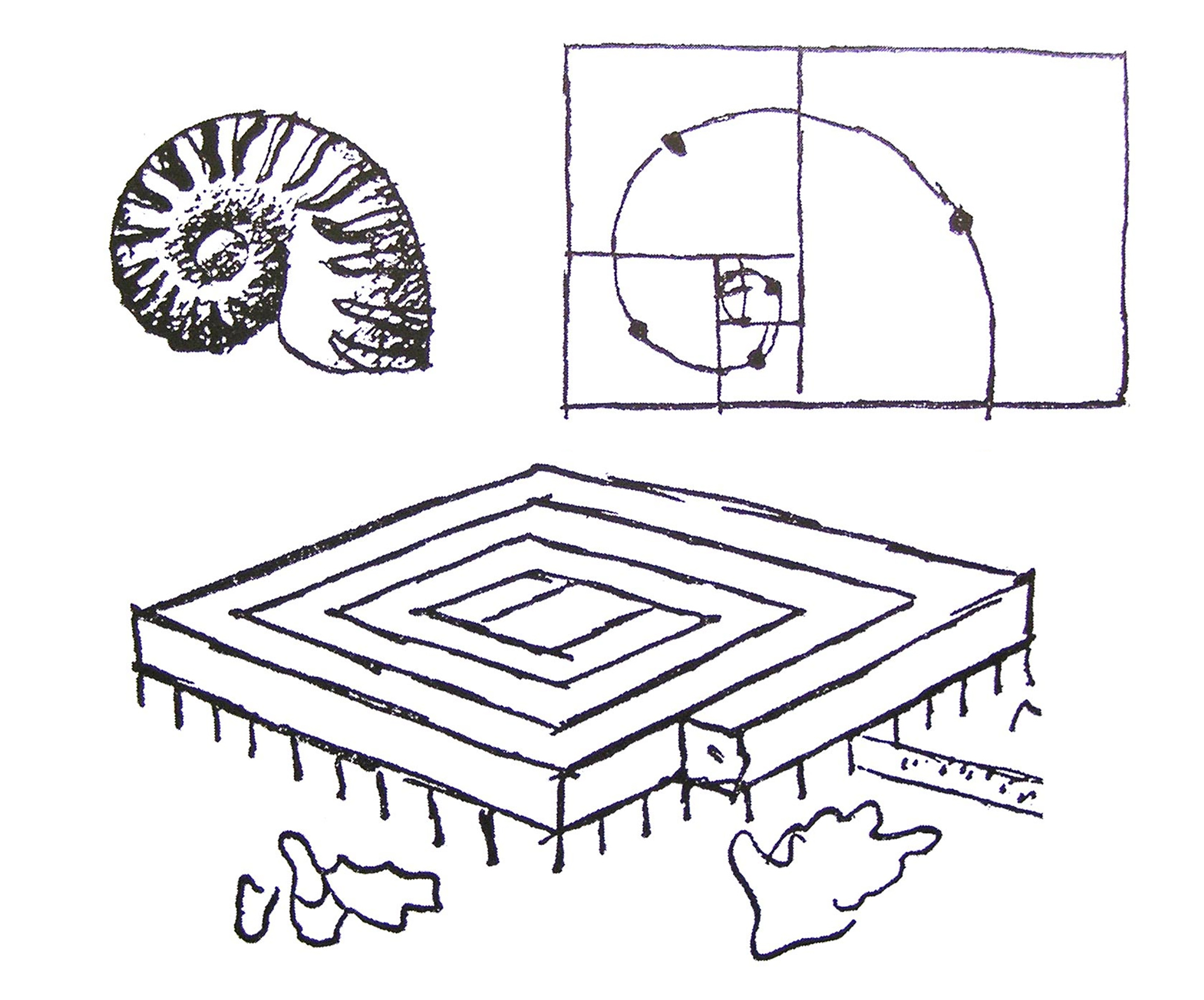
Le Corbusier, "Museum of Unlimited Growth", 1939.
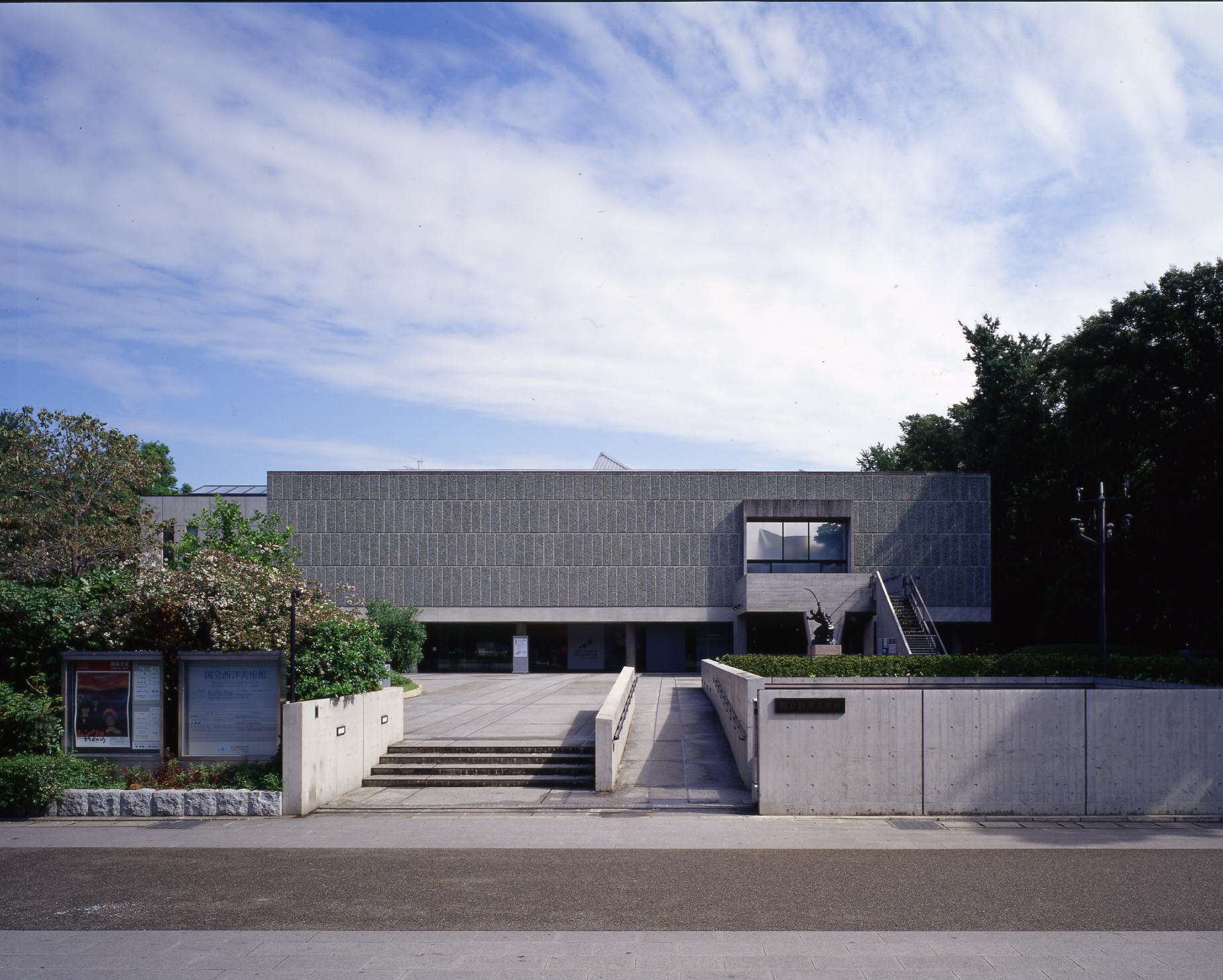
© The National Museum of Western Art, Tokyo
Moreover, the project introduced another innovative concept that the visionary Swiss architect had only partially experimented before: the "unlimited growth museum". Having an impressive spiral corridors inside, the building offers a continuous journey from the central hall onwards, as well as the possibility to expand with additional external rooms as the collection grows. Thus, the power dynamics between art and spatial limitations are reversed!
The building of a Swiss legacy

Charles-Édouard Jeanneret-Gris at 20 years old in Munich
Le Corbusier (1887-1965) was born in La-Chaux-de-Fonds, Switzerland. There, he studied in an art school as a teenager and designed his first architectural projects, which can still be visited today in guided tours. He then traveled to Vienna, Berlin and Paris, where he encountered the new movements in architecture and decorative arts. Having embraced “purist” painting (creation of arts on logical premises) in 1918, he later studied architecture under Auguste Perret and Peter Behrens before rapidly turning to self-study.
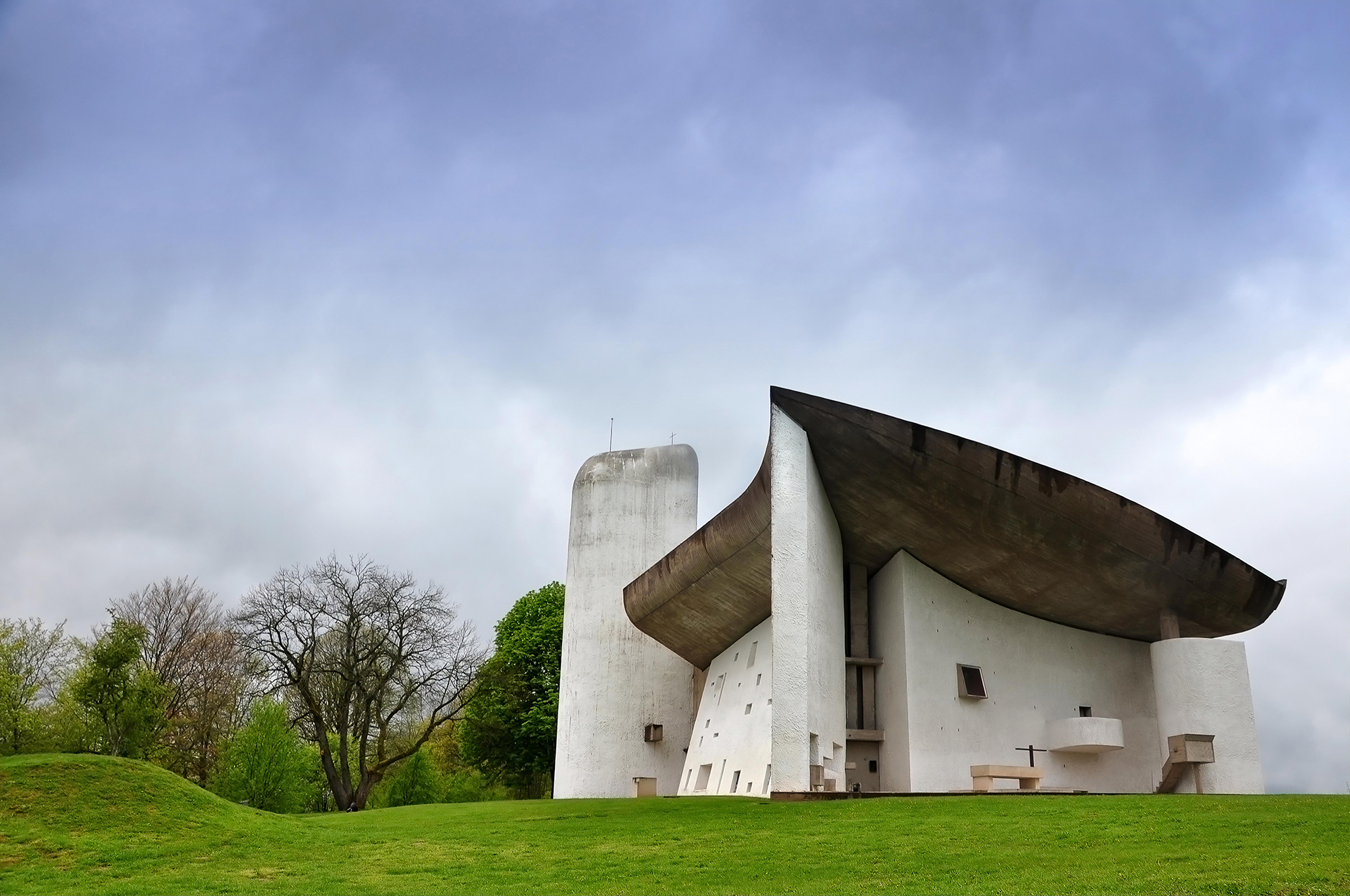
Notre Dame du Haut chapel in Ronchamp (France, 1950-1954)
From the late 1920s, he became a renowned architect thanks to his bold and innovative projects. His most notable works and contributions include –but are not limited to- the Villa Savoye in Poissy (France, 1928-1931), the Unité d’habitation in Marseilles (France, 1947-1952), the United Nations Headquarters in New York (1948-1952), the Notre Dame du Haut chapel in Ronchamp (France, 1950-1954), and the UNESCO-listed Capitol Complex in Chandigarh (India, 1951-1965).
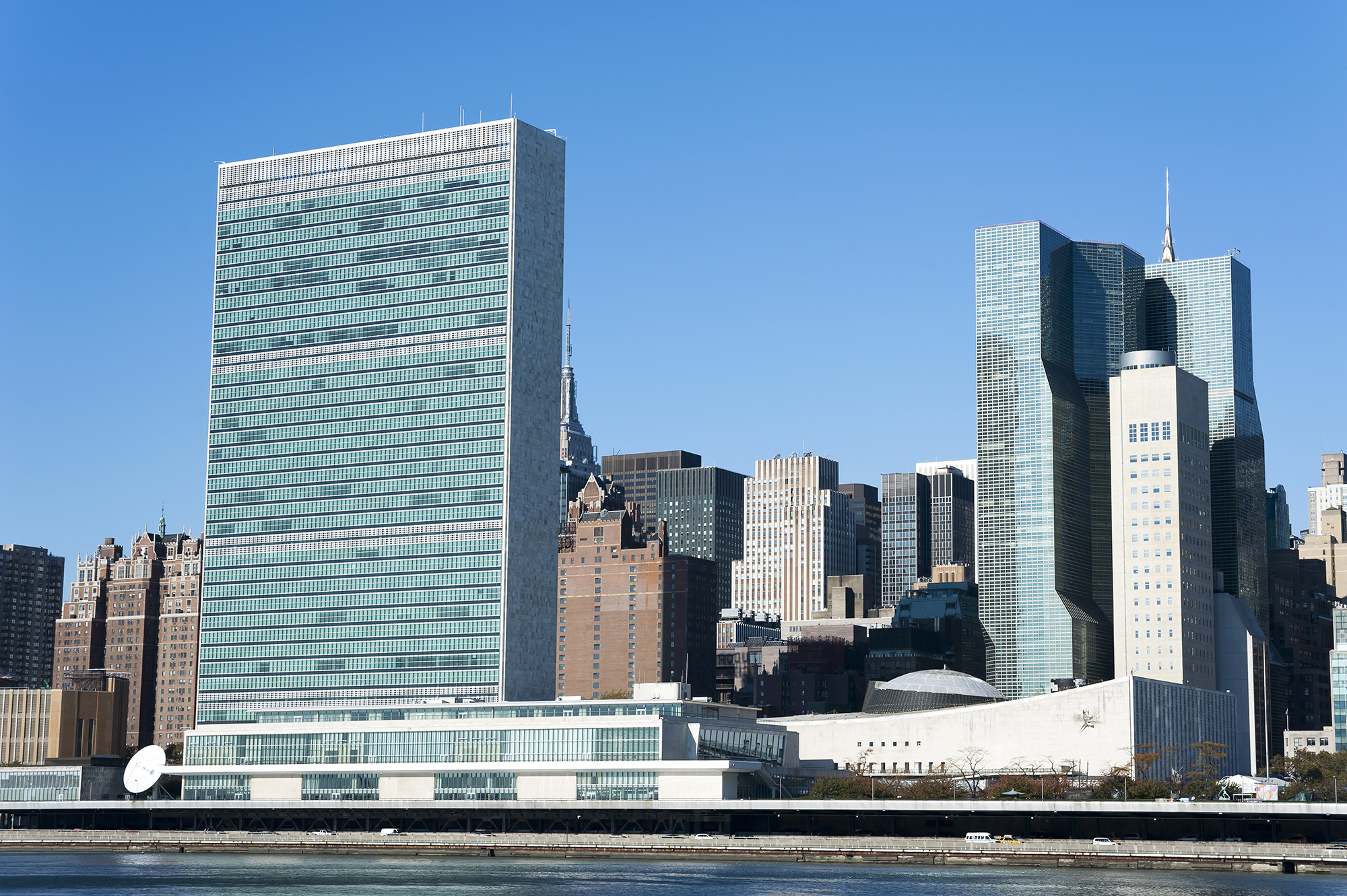
United Nations Headquarters in New York (1948-1952)

Unité d’habitation in Marseilles (France, 1947-1952)
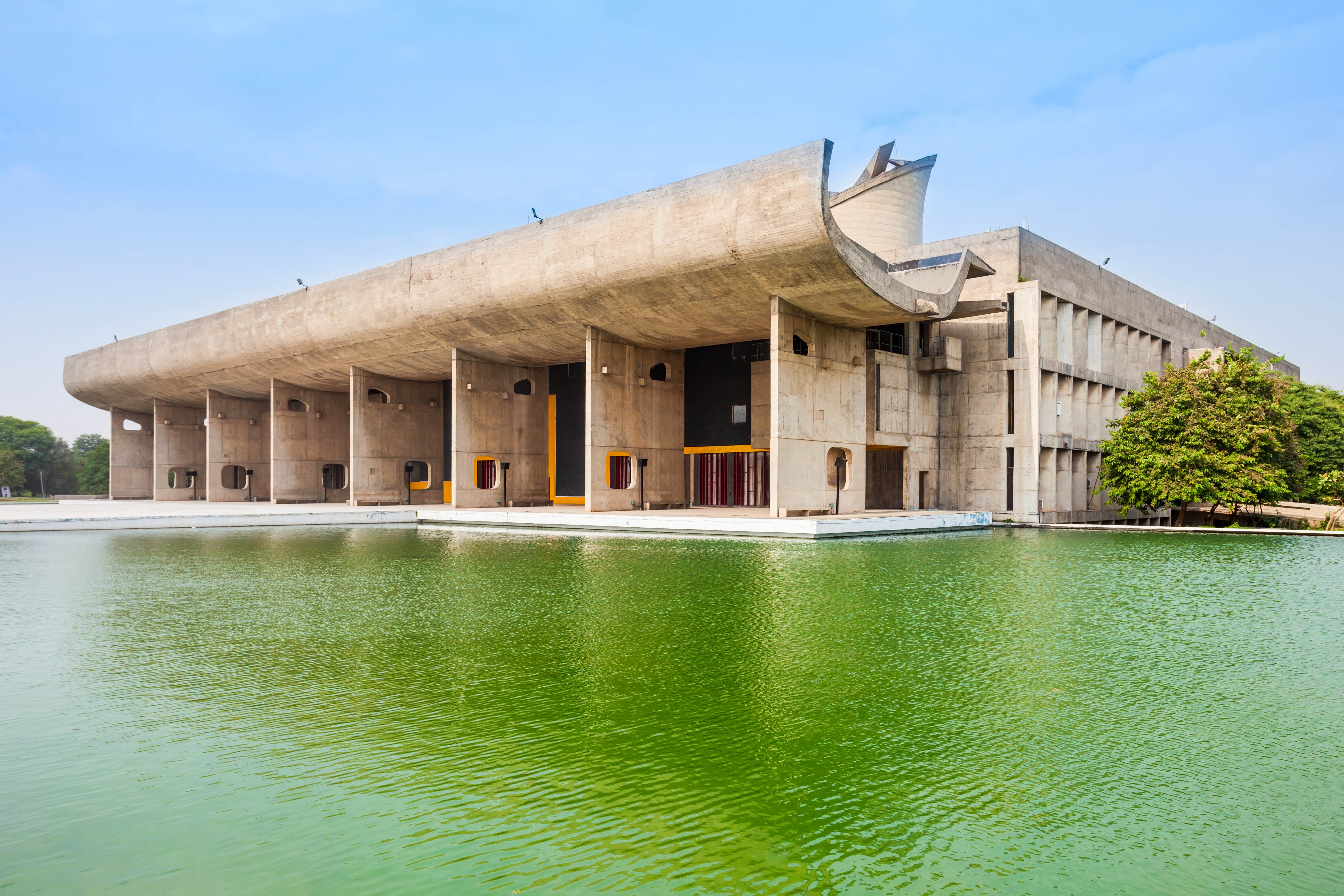
UNESCO-listed Palace of Assembly in Chandigarh (India, 1951-1965)
His legacy and influence are so important in his home country that his portrait and his plan for Chandigarh were featured on the 10 CHF banknotes, which are probably the most widely used ones by Swiss people.
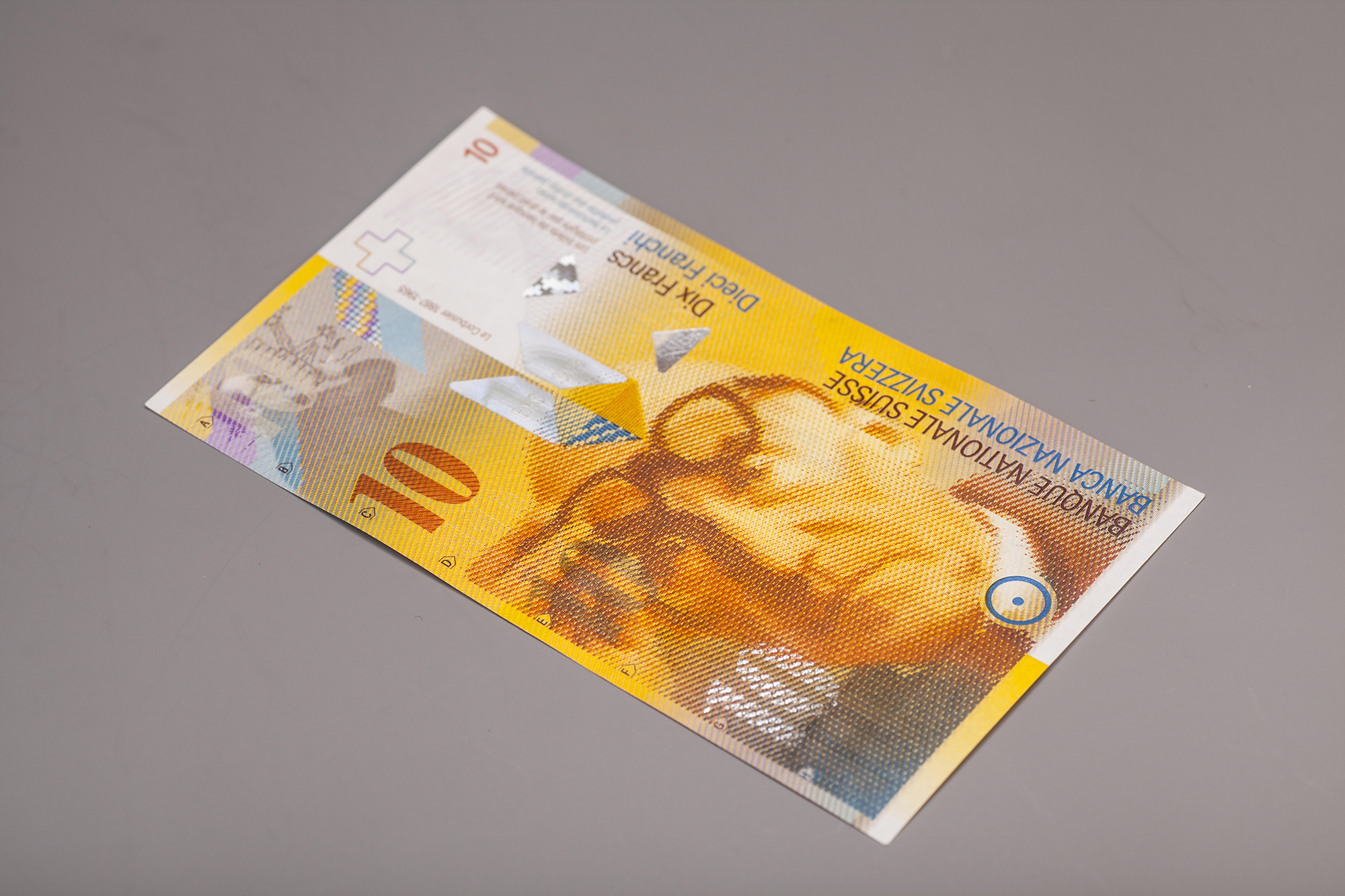
Switzerland's former 10 CHF banknotes featured a portait of Le Corbusier.
